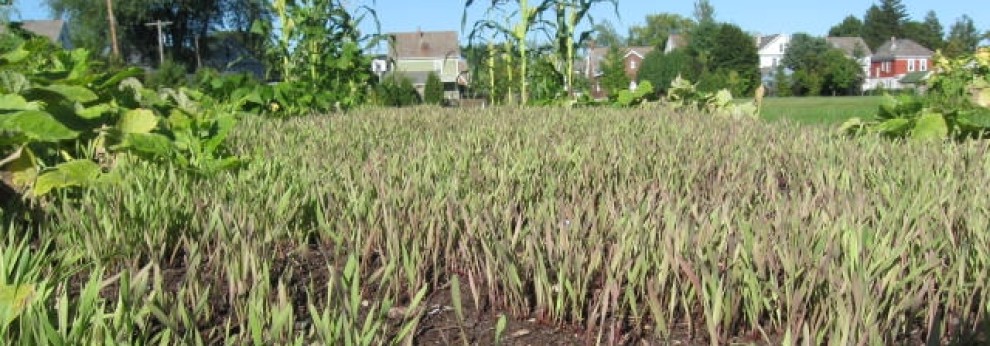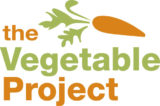 The handful of strawberry plants that we brought to Myers Middle School a few years ago spread like wildfire for some time. But then, for reasons we never figured out, they died way back the last two years. They did not produce berries and they did not produce the runners that start new plants.
The handful of strawberry plants that we brought to Myers Middle School a few years ago spread like wildfire for some time. But then, for reasons we never figured out, they died way back the last two years. They did not produce berries and they did not produce the runners that start new plants.
Fortunately, things are looking much better this spring. Plants look healthy. They’re flowering. And they’re starting to make berries (accompanying photo was taken on Sunday, June 3) – a week or two later than some years, but unsurprisingly, given the cool March and April we had.
The rebound is fortunate, of course, because so many of students we see take great delight in picking berries and popping them into their mouths. Even greater fortune, however, stems from their great pedagogical value. More than just about anything going on inside a traditional classroom, building contact with nature into the lives of students, and then especially our strawberries, stimulates curiosity and maybe even a modest touch of awe, which likely are the real gateways to successful teaching and learning.
Here’s how: Our June-bearing berries puzzle many of our kids 49 weeks of the year. We walk around the garden and say, “Here are our strawberry plants.” The most common response is, “But I don’t see any strawberries.” At that point we have some attention and interest. And we can talk for a moment about the life of different plants. We can talk about the environment. We can present to our students little nuggets of cool knowledge. Such nuggets may or may not be especially valuable alone. But they serve as building blocks for further learning. And of course it is an especially stimulating conversation when we can say, “After all that waiting, we have strawberries on our strawberry plants.”
—Bill Stoneman



